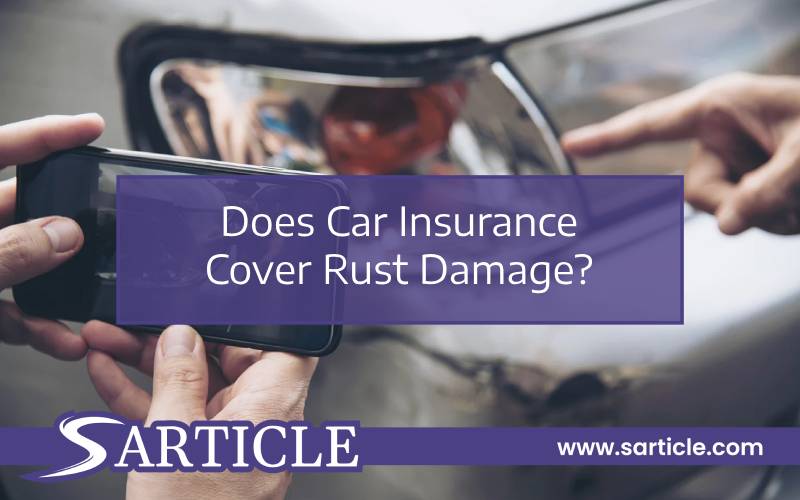As cars age, they become susceptible to various forms of wear and tear, including rust damage. Rust can compromise the structural integrity and aesthetics of a vehicle, leading car owners to wonder if their car insurance covers such damage. In this comprehensive guide, we will explore whether car insurance covers rust damage, factors affecting coverage, potential exclusions, tips for preventing rust, and frequently asked questions related to rust damage and car insurance.
Understanding Car Insurance Coverage
Components of Car Insurance
Car insurance typically consists of several coverage options, including liability coverage, collision coverage, comprehensive coverage, uninsured/underinsured motorist coverage, and medical payments coverage.
Comprehensive Coverage
Comprehensive coverage, often referred to as “other than collision” coverage, provides protection for damage to a vehicle caused by non-collision events, such as theft, vandalism, and natural disasters.
Does Car Insurance Cover Rust Damage?
Rust Damage and Comprehensive Coverage
Car insurance policies with comprehensive coverage generally cover rust damage. Rust is considered a non-collision event, making it eligible for reimbursement under comprehensive coverage.
Pre-existing Rust Damage
Car insurance policies may not cover pre-existing rust damage that existed before the policy was purchased. Insurers may require a vehicle inspection to determine the extent of existing rust before providing coverage.
Severity of Rust Damage
The severity of rust damage may also affect coverage. Extensive and severe rust damage may lead to a vehicle being deemed unsafe to drive, and in such cases, the insurance company may not provide full coverage.
Factors Affecting Rust Damage Coverage
Age of the Vehicle
Older vehicles are more likely to experience rust damage due to prolonged exposure to environmental factors. The age of the vehicle may influence the insurer’s decision to provide coverage.
Maintenance and Care
Regular maintenance and proper care can help prevent rust damage. Insurers may take into account the vehicle owner’s maintenance practices when assessing coverage.
Geographic Location
Vehicles in regions with high humidity, coastal areas, or heavy winter salt usage are more susceptible to rust. The geographic location of the vehicle may be a factor in coverage decisions.
Potential Exclusions
Wear and Tear
Car insurance does not typically cover damage resulting from normal wear and tear, including rust caused by age and use.
Lack of Maintenance
Neglecting to perform regular maintenance and rust prevention measures may result in claim denials.
Cosmetic Rust
Cosmetic rust, which only affects the vehicle’s appearance and does not compromise its functionality, may not be covered under car insurance.
Tips for Preventing Rust
Regular Car Washes
Frequent car washes help remove dirt, debris, and road salt that can contribute to rust formation.
Waxing and Sealants
Applying wax or sealants creates a protective layer on the vehicle’s surface, reducing the risk of rust.
Garage Parking
Parking the car in a garage or covered area shields it from the elements, reducing exposure to moisture.
Rust-Proofing Treatment
Consider professional rust-proofing treatments that create a barrier against rust-causing agents.
Conclusion
Rust damage can significantly impact a vehicle’s appearance and structural integrity over time. Car insurance coverage for rust damage is typically provided under comprehensive coverage, but exclusions and pre-existing damage may apply. Regular maintenance, preventive measures, and proper care can help prevent rust and increase the likelihood of coverage for rust damage when necessary. As with any car insurance policy, it is crucial to read and understand the terms, coverage options, and exclusions to ensure that the vehicle is adequately protected from rust and other potential risks.


